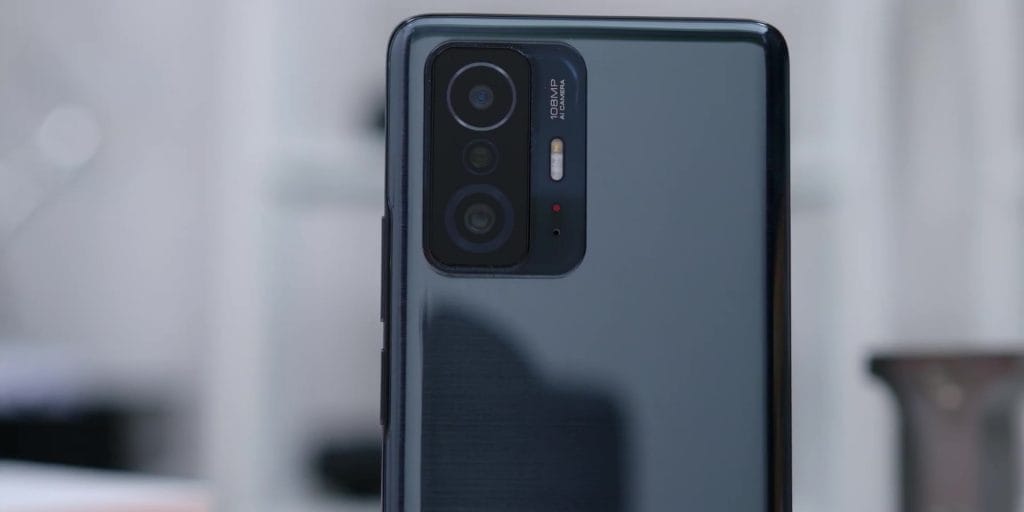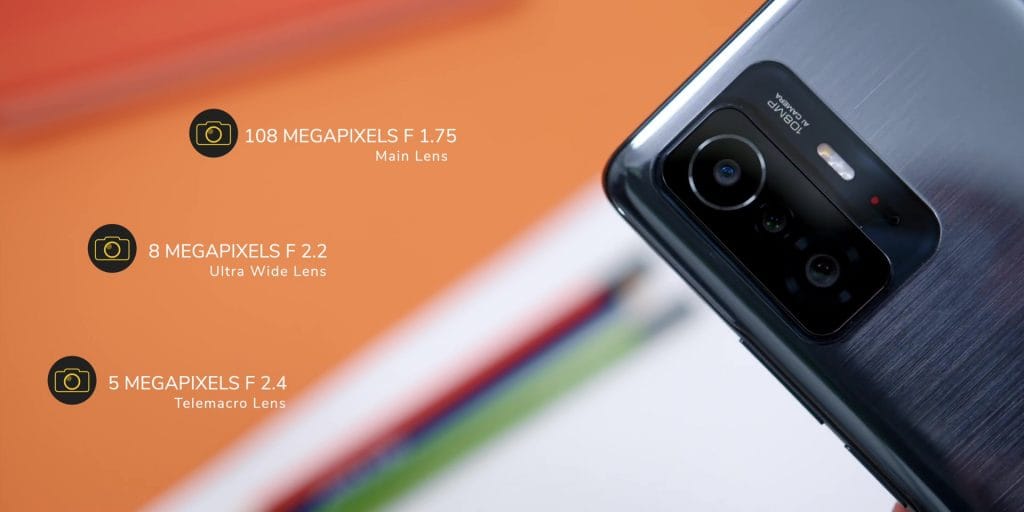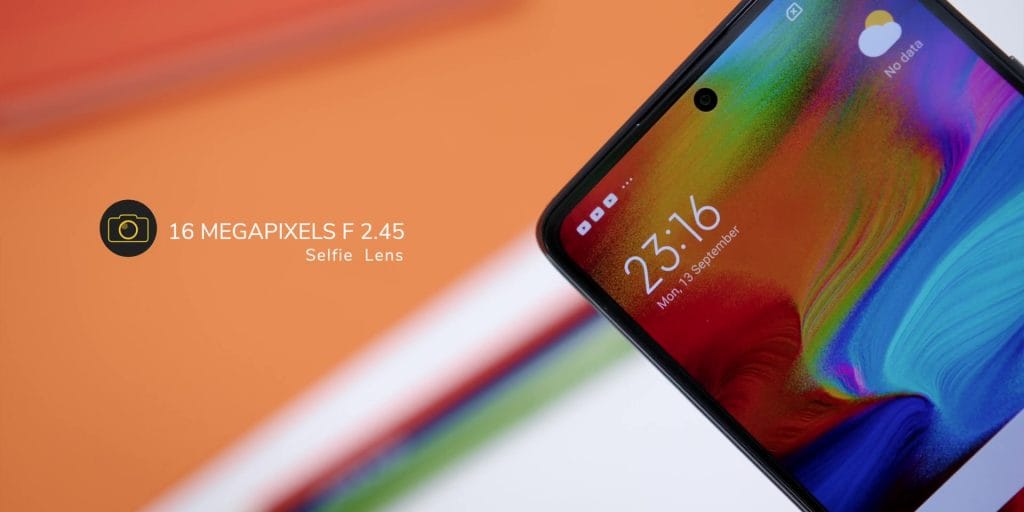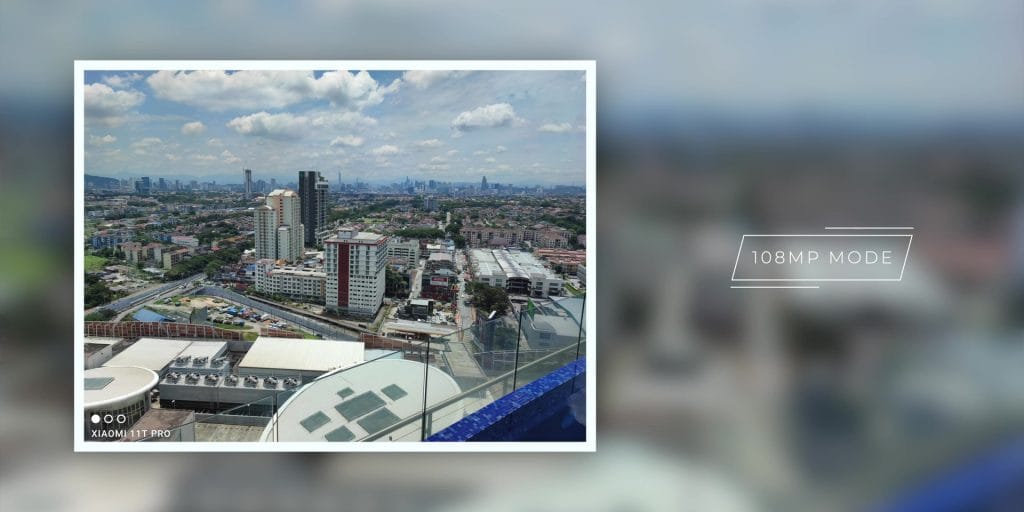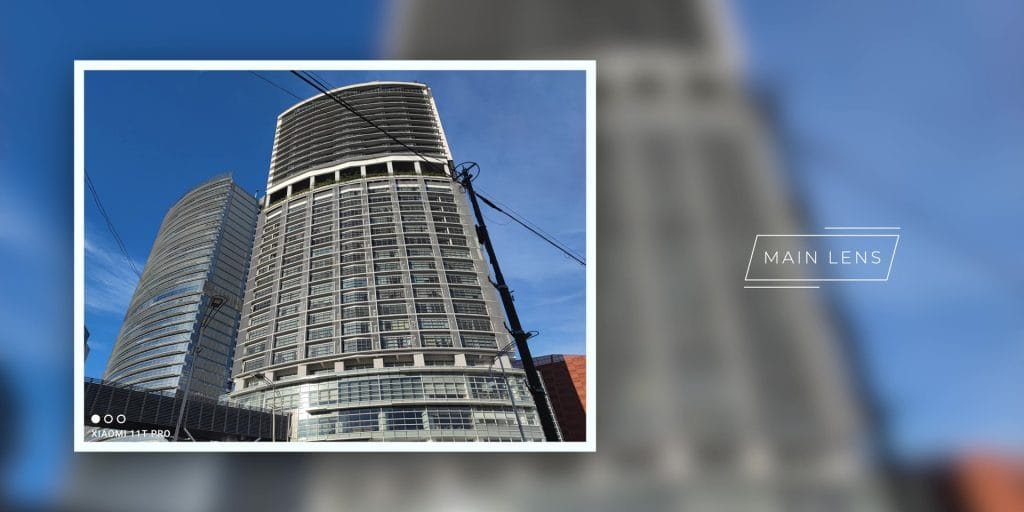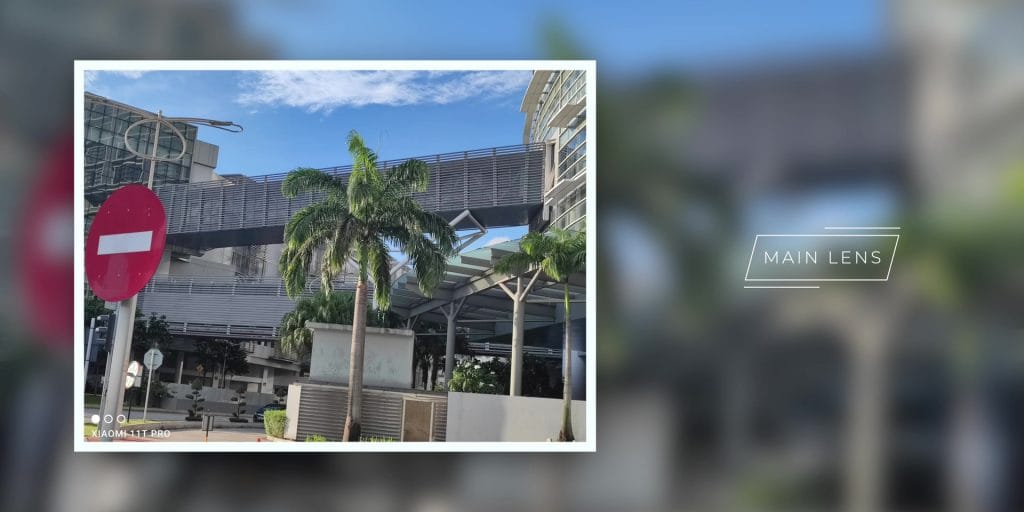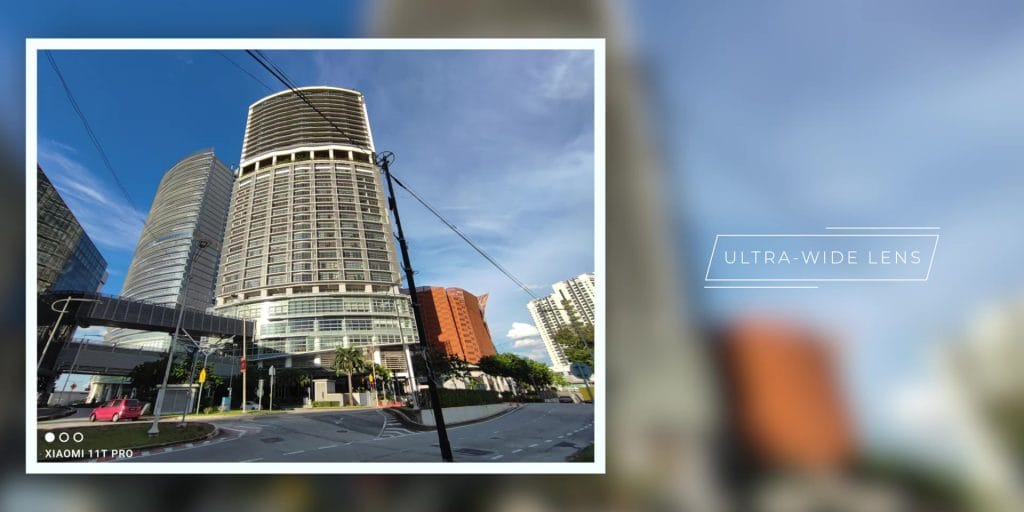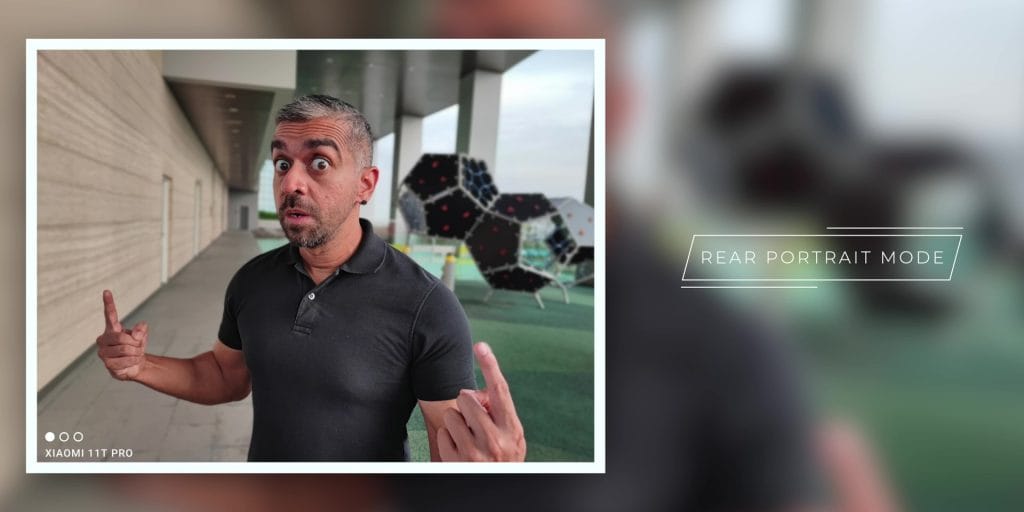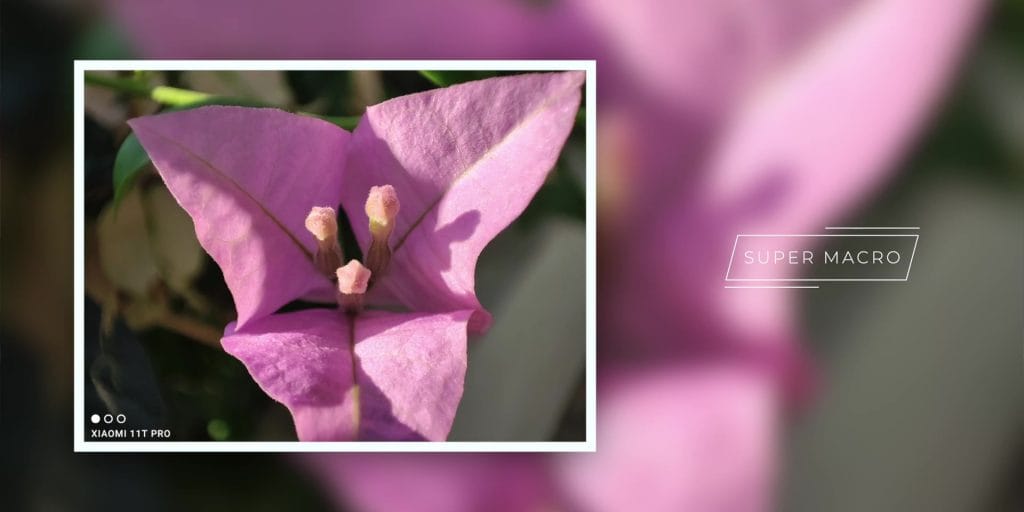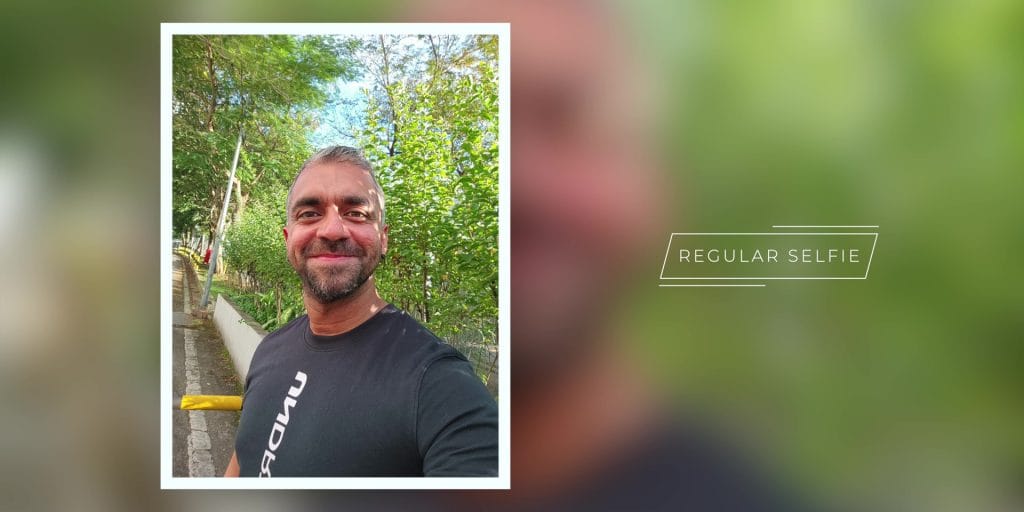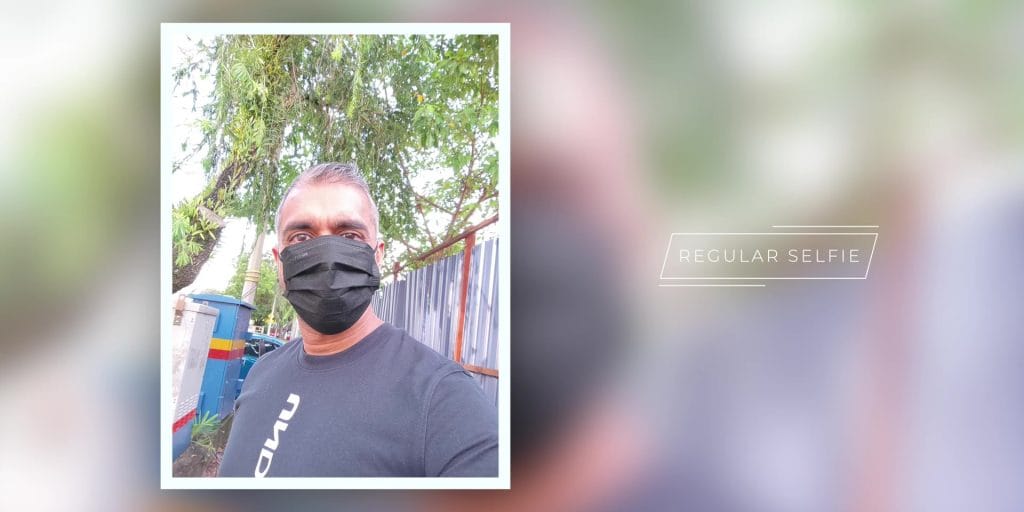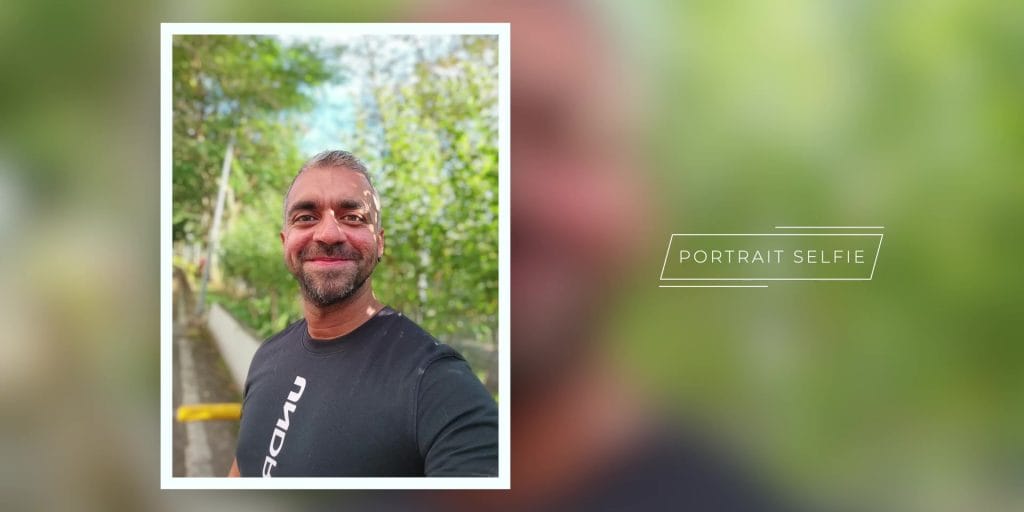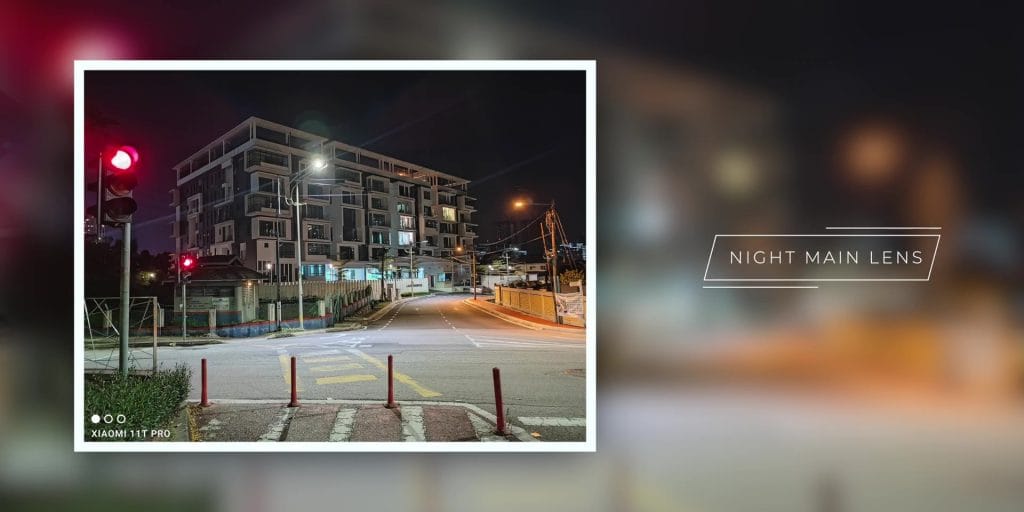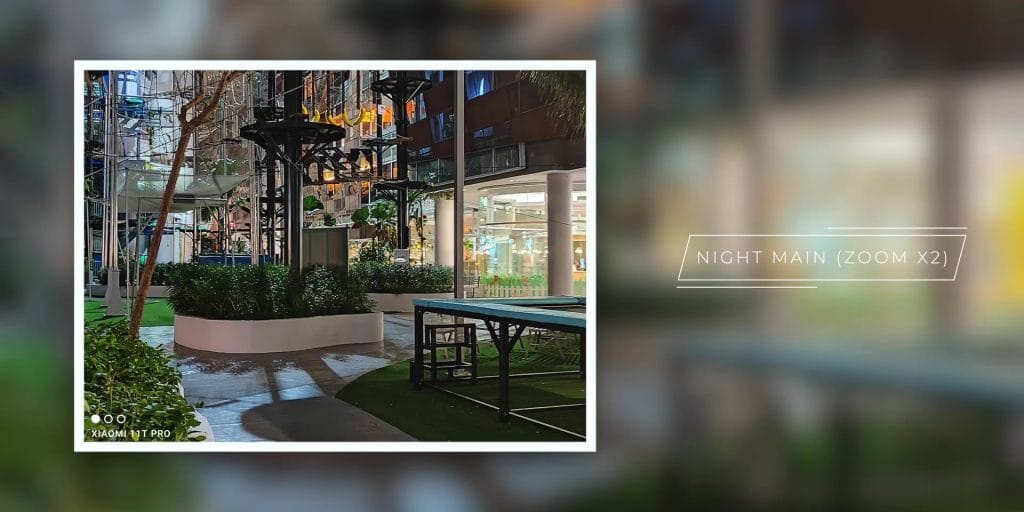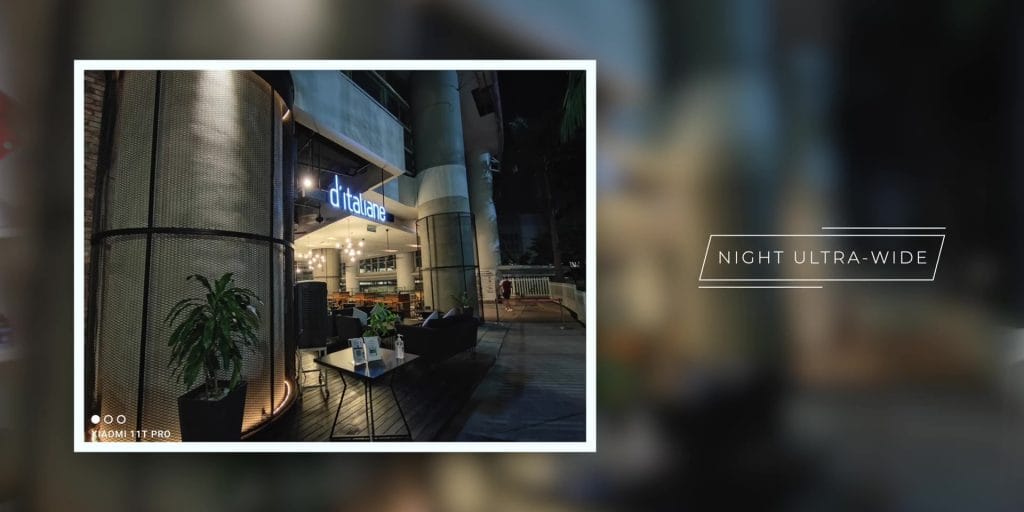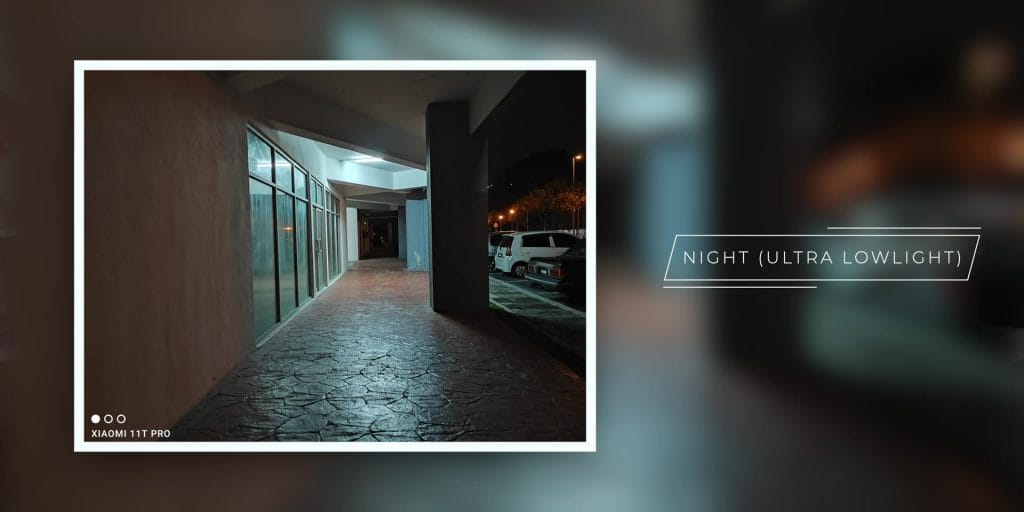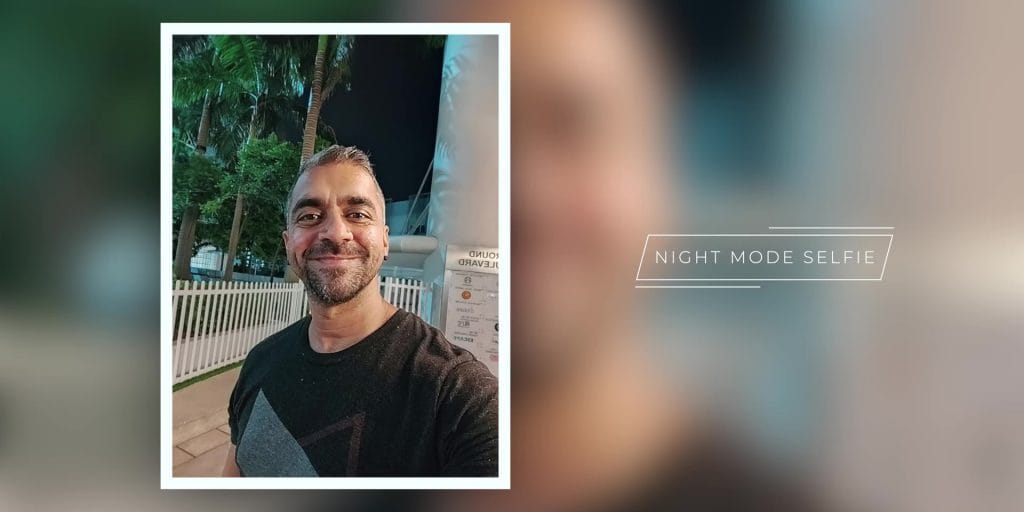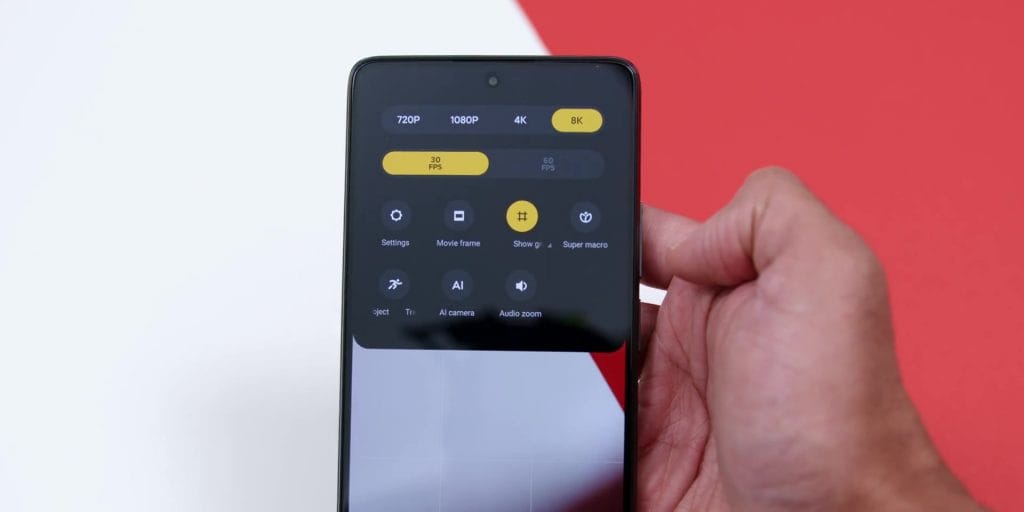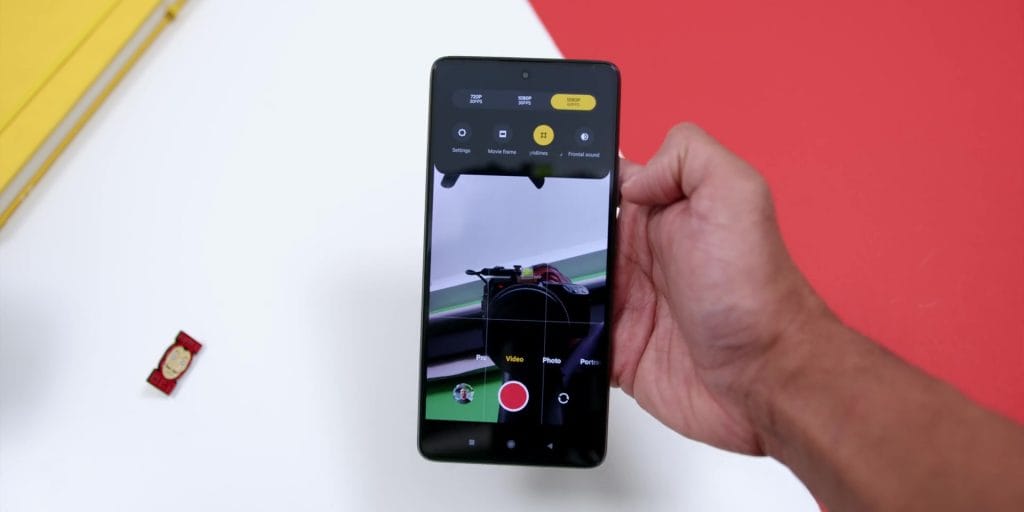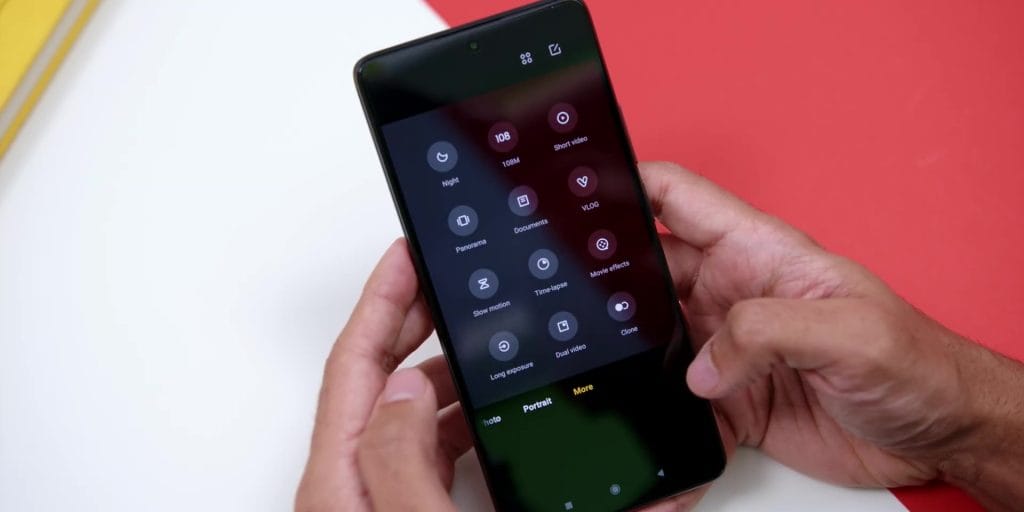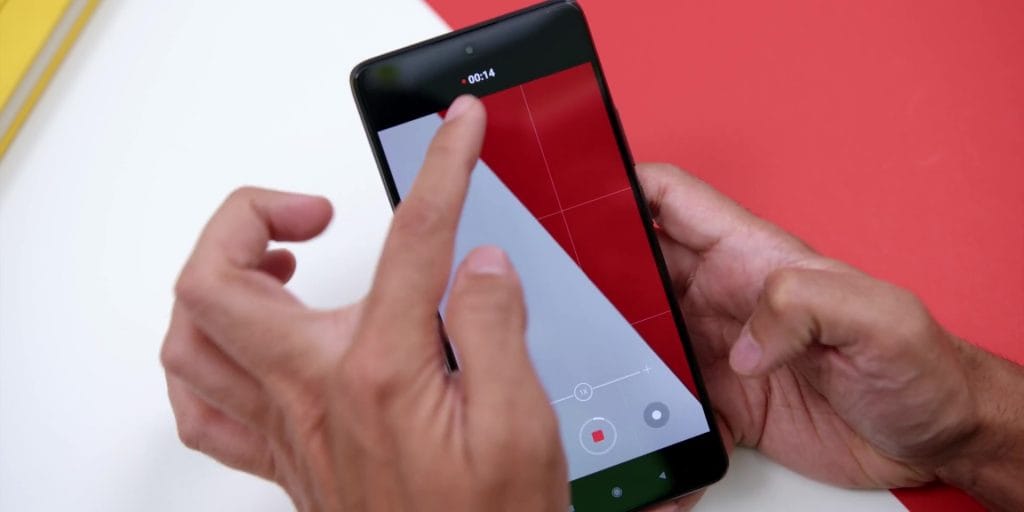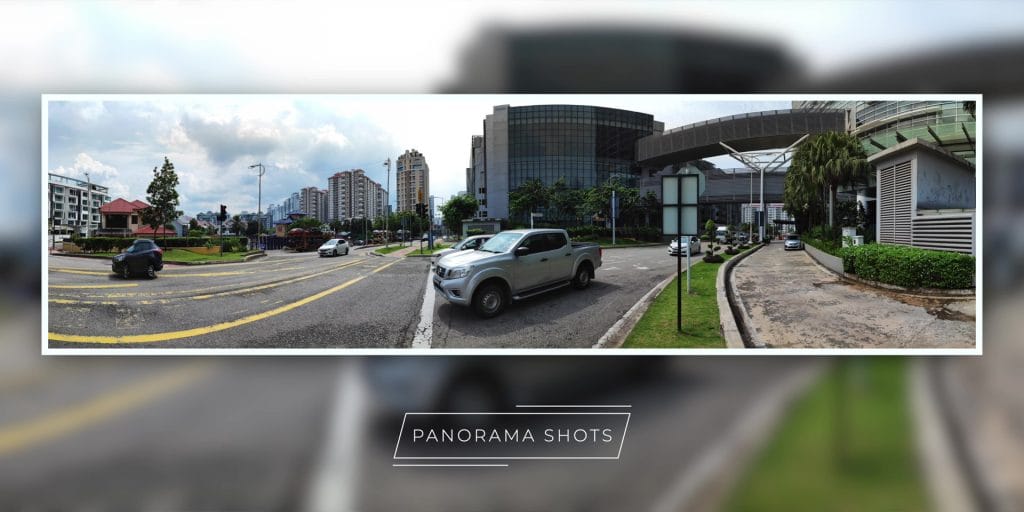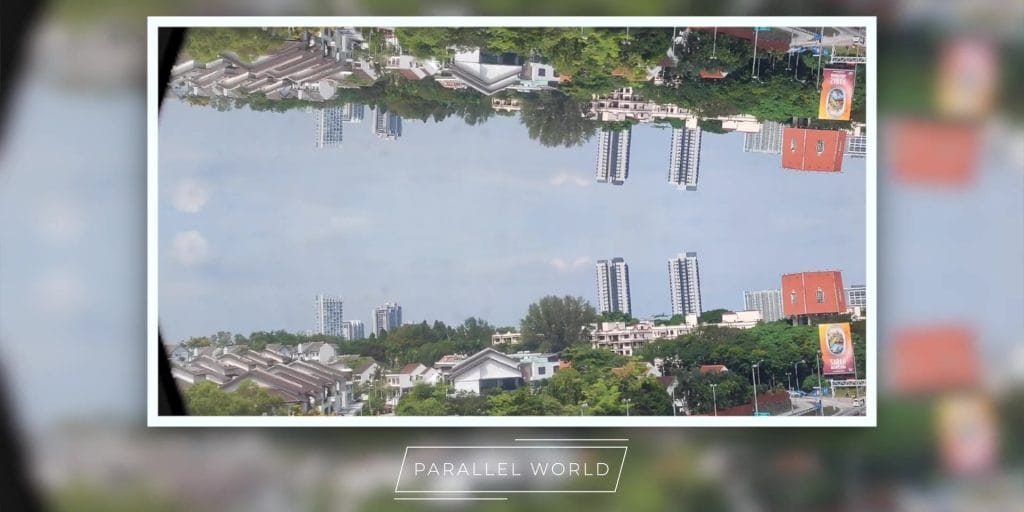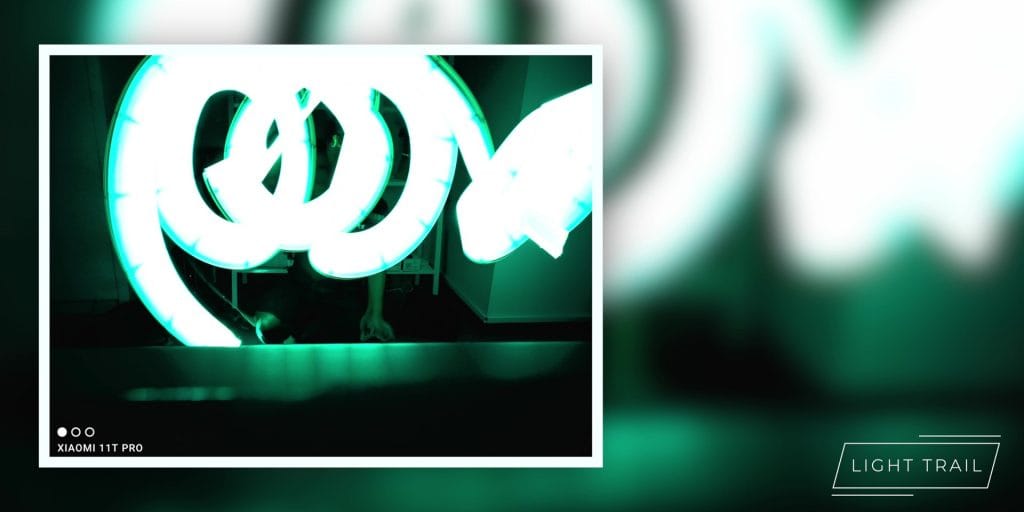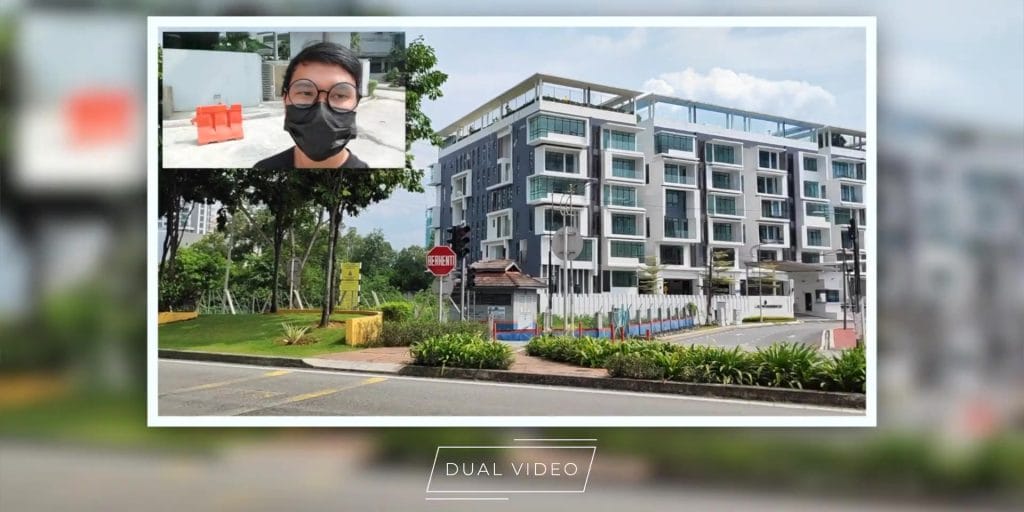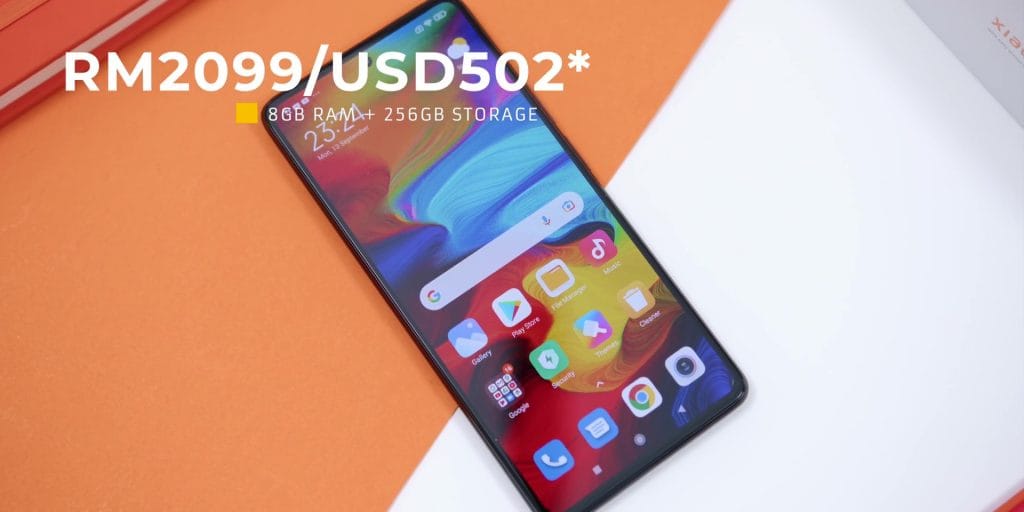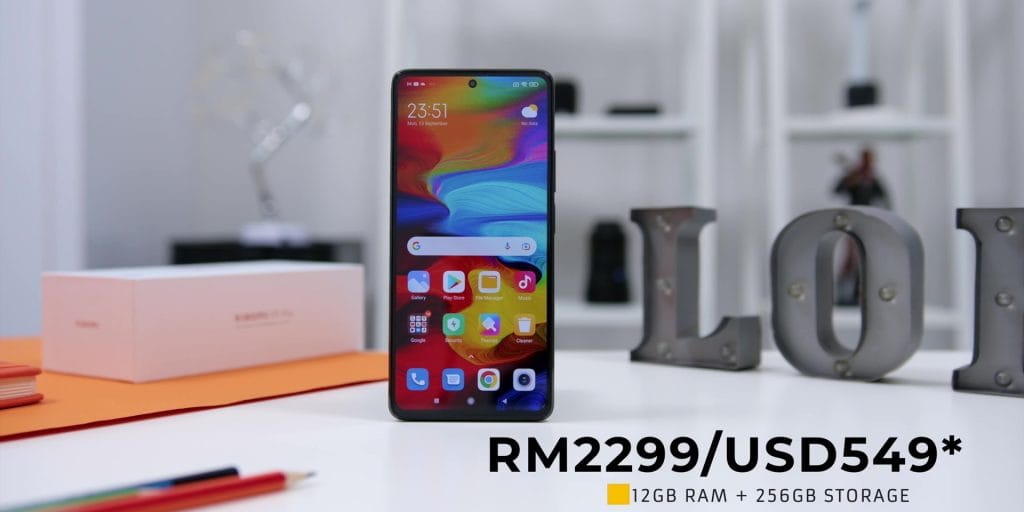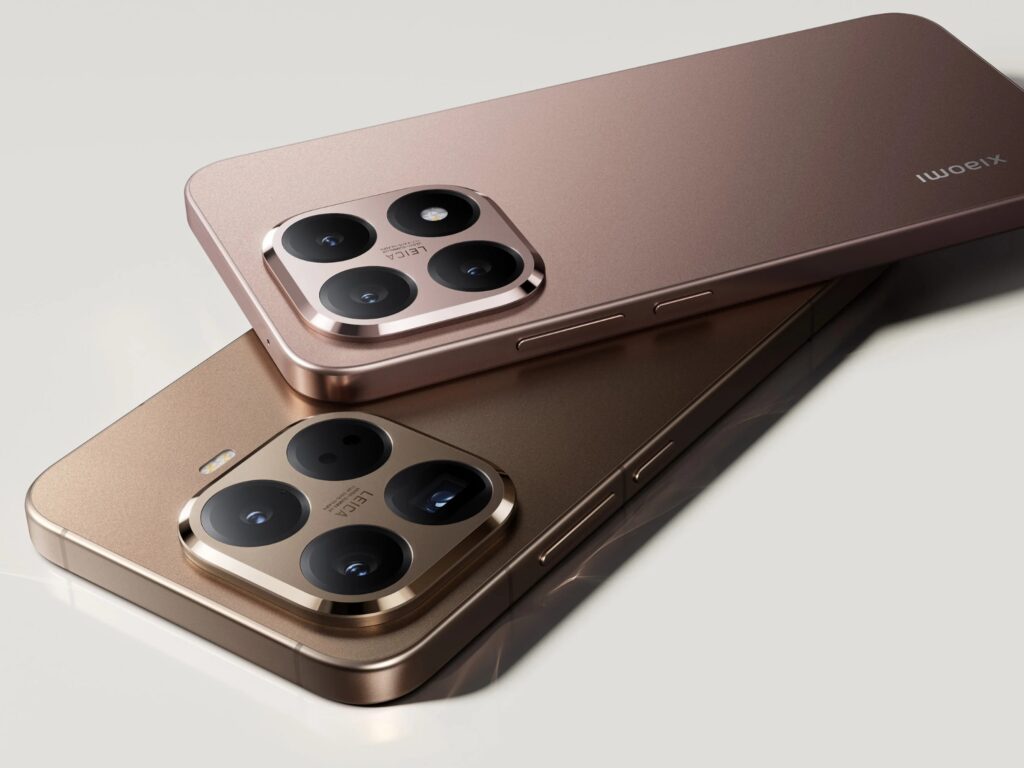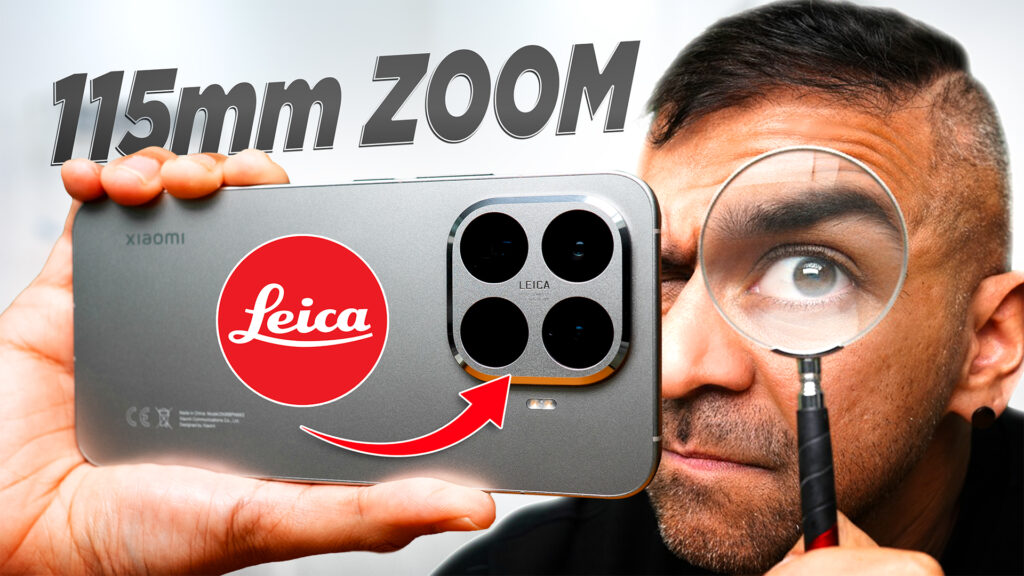Alright, since I have done a review on the 11T in my comparison video between the Xiaomi 11T and the Poco F3, and also a hands on unboxing of the 11T Pro too.
So, instead of going through everything all over again, there is one thing that stood out to me the most of the 11T Pro, which is the camera performance, because while everything else was pretty much identical to the non Pro variant, the camera’s performance was way better.
So yes, in this video, I am going to give you my full in depth camera review and yes, this also includes those video modes like Dual Video, the cloning mode and more on the Xiaomi 11T Pro, so keep reading!
Camera Specs
First, let’s look into the camera’s specs, the main rear camera is:
- a massive 108 Megapixel f 1.75 aperture
- an 8-megapixel f 2.2 ultra-wide-angle lens, and;
- a 5-megapixel f 2.4 tele macro camera lens
Then as for the front cameras it has a 16-megapixel f 2.45 aperture lens camera.
And as of the recording of this video, the phone is updated to software version MIU 12.5.10.0.
High Megapixel Mode
Starting from the high 108 megapixel mode, of course, the results are to be expected, where the images were super high in detail, and you can crop accordingly to reframe your shot.
But as I mentioned before, do use this mode sparingly since the phone does not have a micro SD Card slot, so you might get your storage to be quite full if you use this mode very often.
Main Lens
As for the main lenses, I absolutely loved it, the image quality, color reproduction and dynamic range was as flagship level as it could be, the colors overall looked very pleasing without too much vibrancy and it just had a very high quality image overall.
Zoom
Using the 2x digital zoom in the camera app was also great, not as good as the 1 times zoom obviously but still very usable indeed.
Speaking of digital zoom, you can also zoom digitally up to 10 times, which for me I personally wouldn’t use because of the lack of image sharpness, but I guess it’s nice that it’s there.
Ultrawide Lens
As for the Ultra Wide angle lenses, the images also looked great, with very consistent colors and dynamic range with the main lenses and no noticeable barrel distortion at the edges, which was very nice to see over here.
Rear Portrait
Then as for the Rear Portrait Mode, I have to say that this is hands down one of the best that I’ve seen in any Xiaomi phones, including the Mi 11 Ultra that I’ve previously reviewed.
So yes, it is nice that the Rear Portrait Mode has been improved for even situations where there was a huge back lighting.
Macro Mode
Looking at the Macro Mode shots or Xiaomi calls it the Super Macro Mode, the good news is that the focusing on the subject was good.
And the overall results were quite nice to get those detailed close up shots, especially if there is good lighting during the day
Regular Selfie
As for the selfie shots, there is a huge caveat over here because, if the light is on your side, it produced some really nice selfie photos, but there were times where it did get pretty overexposed on certain lighting conditions especially with some amount of backlight.
Portrait Selfie
And as for the portrait selfie, it was the same story, where if there was some good lighting, it performed really great, with really nice subject to background blur and edge detection as well.
So yes guys, it is really nice to know that Xiaomi is slowly improving the image quality for their front cameras, especially for a flagship device like this.
Night Mode
Main
During the Night Mode, the main lenses once again, performed the best, with barely any noise at the shadows and amazing highlight details during this dedicated mode, especially since it has a a huge sensor over here, so it is a great combination of hardware and software optimization as the 2x zoomed images also looked pretty decent over here.
Ultrawide
As ultrawide lenses during night mode, here is where the results were quite mediocre as the lowlight capabilities were not as good as the main lenses, but still very decent indeed.
Super low light
As for situations where there were really lowlight situations, looking at this photo, there was just a single fluorescent bulb lighting this whole walkway and it looked great as you guys can see.
Regular Selfie
As for the night mode selfies, as seen in the images over here, it is definitely not the best trait of the phone, because while the highlights overall were decent, but the image quality is something that I have seen other flagship phones have done better.
Portrait Selfie
Since there is no Night Mode Portrait Mode for the selfie camera, I switched to the non Night Mode and the overall images looked just OK, but the subject to background blur was great.
Video Recording Quality
[Check out my YouTube video for the test video footages]
Then as for video recording, it maximizes at 8k 30 frames per second for the rear compared to other flagships which can only go up to 24 frames per second instead.
The video quality of the 8k footage was really good as how it was on the Mi 10T Pro but obviously lacking image stabilization.
The 4k video quality was also really nice, where you can record up to 60 frames per second, it had very good stabilization and it also has Dolby Audio Recording as well.
And here is where I would say that even though it doesn’t have OIS but as you can see the overall image stabilization for video recording was really good, especially for the ultrawide camera, but what I didn’t like is how it still was up to only 1080p recording for the ultrawide cameras instead of 4k over here.
The rear video footage during the night was really good on the main lenses but less impressive on the ultrawide lenses due to the lack of resolution as mentioned earlier.
The video footage on the Ultra wide-angle lens on the Night Mode was just decent, as there was some jitter on the footage when it comes to the overall stabilization.
Front Video Specs
As for the front cameras, as usual, it is the same case for ALL Xiaomi phones up until now where it only records up to 1080p and it can do up to 60 frames per second.
Image stabilization both during the day and night was really good once again and it had better dynamic range during the day, but still not perfect, and the night footage for the front cameras had some noticeable noise as well.
Other Camera Software Modes
And since this video is a dedicated camera review for the phone, I checked out some of the other camera software modes like:
Short Video
It takes a 15 second video with a timer over there, which would be perfect for IG Stories.
Panorama
Panorama mode works great, under a good lighting situation but not very well during a backlit situation but the coverage was overall nice.
[For the below sample footages, check out my YouTube video here]
VLOG Mode
Then there is VLOG Mode where it is Xiaomi’s signature camera software feature where it will compile a bunch of video taken using the templates available, and here is a quick example on how it can output to.
Slow Motion
Then Slow Motion is obviously the mode where it can record up to 960 fps at 1080p.
Time Lapse
Next, there is Time lapse, which works as how a time lapse video should be.
Movie Effects
Then another signature camera software mode are the movie effects where in there, there are features like:
Magic Zoom
Which is similar to a dolly zoom effect
Slow Shutter
Slow Shutter, Which is similar to a cinematic slow motion effect
Time Freeze
Then there is Time Freeze, where it is an effect which freezes the background motion and makes only the subject to move
Night Time Lapse
Night Time Lapse is as the name suggests where it is time lapse at night
Parallel World
And then the very interesting Parallel World where it gives that sort of an upside down effect.
Long Exposure
As for long exposure, you can do something like, probably my favourite, which light trail where it will follow the trail on how you move a light bar or even your phone’s torch light.
Dual Video
Next the dual video mode, is when you can record the front and the rear camera at the same time, where the image stabilization was really good for the rear, but not that stable for the front camera but video quality was great.
And finally Clone Mode, it is a very unique mode that allows you to clone yourself, where the video has no audio but it produced a very cool cloning shot!
Conclusion
Alright guys, there you have it, my in-depth camera review of the Xiaomi 11T Pro, and I have to say that the overall image processing was way better than the 11T that I review previously and this could be due to the Snapdragon’s image processing, that could be better than the Mediatek processor.
And it is also nice to go through some of the great software features which I usually wouldn’t even use daily as these modes like the Clone Mode, Movie Effects and all, was something that could be very beneficial for anyone who needs a more versatile camera option.
Then as for the price here in Malaysia, the Xiaomi 11T Pro is going for RM2099 for the 8GB of RAM with 256GB of storage
and RM2299 for the higher 12GB of RAM with 256GB of storage
So with this, do let me know what you think of the Xiaomi 11T Pro and would you get it? Let me know in the comments section below and don’t forget to subscribe if you haven’t done so, as I am going to do a full review of the cheaper Xiaomi 11 Lite 5G NE since it also has a Snapdragon processor, so let’s see if it performs well not only in the camera department, but also in all aspects of the phone.
Get the Xiaomi 11T Pro at the link below:-

